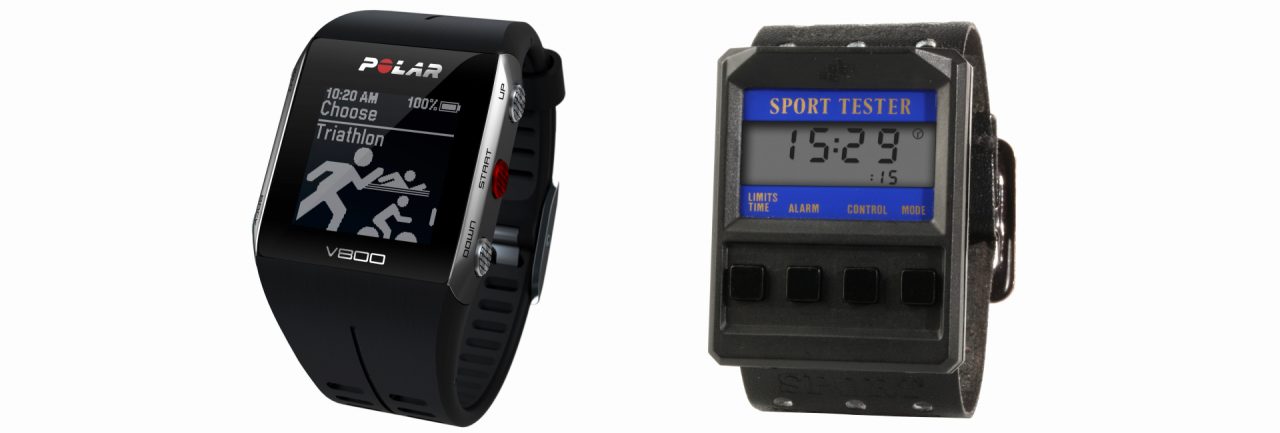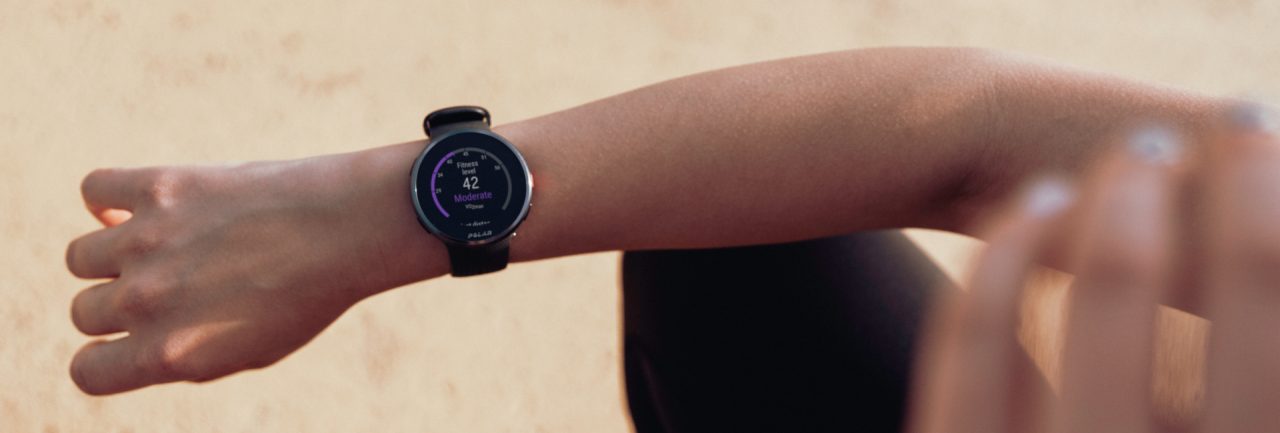How Heart Rate Monitors Changed Endurance Sports
by ZIYA ASIA on May 10, 2022
It all began in 1977. That year Star Wars premiered and the year that punk emerged. And, that year, Polar filled for its first patent and launched an entire industry: wearable sports technology.
The idea was simple: to build a wireless device that could measure your heart rate during exercise. Just a few years later, heart rate monitors took the endurance sports world by storm and heart rate training systems radically changed the approach to endurance training.
Runners, skiers, triathletes, and cyclists wanted to make their training more scientific and precise. Heart rate monitoring brought a new set of metrics to help endurance athletes train at the right intensity level, focusing on heart rate training zones.
Today, more and more people around the world are wearing smart devices and 24/7 heart rate monitoring is nearly as common as timekeeping. Can you imagine working out – or even sleeping – without monitoring your heart rate?
A REVOLUTION IN ENDURANCE SPORTS

In the 1980s, the use of heart rate monitors was still limited to elite athletes. Kalle Rantala, Head of Exhibitions at the Sports Museum of Finland, remembers how heart rate monitors revolutionized elite endurance training in just a couple of years. The possibility of monitoring and recording heart rate during an entire training session or a competition provided unique insights on how an athlete’s body reacted to training and strain. Where they doing too much or too little? Could they push their limits or were they on the brink of overtraining?
“One of the pioneers was a Finnish top orienteering athlete Kari Sallinen,” Rantala says. “Sallinen’s coach Jukka Kalliokoski credited his athlete’s improvement and success in 1983 to the hard training and methods enabled by groundbreaking sports technology. That summer in 1983, Kalliokoski and Sallinen started using Polar Sport Tester PE2000, the world’s first wireless heart rate monitor, which had entered the market the previous year. By 1985, they were using the next, more advanced model, the PE3000 and the results couldn’t be better. Sallinen won the gold medal at the World Orienteering Championships.”
Heart rate training quickly became popular. Other elite athletes started to use a heart rate monitor to guide their training and push their performance. “Heart rate monitors,” says Rantala, “gave athletes more information on what happened to their bodies during training and competitions, and encourage them to keep fighting fatigue.” At that time, Finnish triathlon star Pauli Kiuri stated the benefits in a simple manner when he said: “At some point during your run, you get the feeling that you can’t push any further. But if your rate is still only 160 bpm, you just have to believe that yes, you can!”
24/7 HEART RATE MONITORING
In the early 1990s, the idea of continuous 24/7 heart rate monitoring started to gain traction. Kalle Rantala tells how another orienteering athlete, Timo Karppinen wore a heart rate monitor for six full weeks, stopping only for charging the device. “In the orienteering circles, everybody knew Karpinnen like spending his evenings with his laptop, analyzing and studying his heart rate data recorded by a Polar heart rate monitor. His objective was to learn about the reactions of his body as thoroughly as possible,” remembers Rantala.

“I wanted to follow my heart rate variability over a 24-hour period and study its effect to my performance. The only limiting factor was irritation to my skin.” says Timo Karppinen.
According to Rantala, Karppinen used monitor data also to analyze deviations in heart rates during orienteering performances in training and competitions. Together with researcher Raija Laukkanen he came to the conclusion that standard deviation of heart rates is a useful tool in evaluating sports and orienteering performances. Their article “Heart Rate Analysis in Orienteering Training and Competitions Before and During WOC 1993” is one example of how heart rate monitors revolutionized the study of endurance sports in innovative ways. Whereas before performances in the field could be analyzed mainly on the basis of external factors, the invention of wireless heart rate monitor opened a window to the inside, everywhere.

POLAR PACER SERIES: FROM A HEART-RATE MONITOR TO A SOPHISTICATED RUNNING WATCH
Eventually, around-the-clock heart rate monitoring reached consumers. In 1996, Polar launched Polar Pacer, a wireless device that provided precise and continuous heart rate monitoring. The device helped users stay within the right target zone and work out in a safe, efficient, and effective manner
Wireless heart rate monitors have come along way since those days. Today, the Polar Pacer Series isn’t just a heart rate monitor but a powerful watch that concentrates everything we know about running. Unique features put together heart rate with a variety of metrics, such as power and pace, for personalize guidance while working out, and providing insights into sleep and recovery.
Interested in all what the Polar Pacer Series can do? Check out the new Polar Pacer and Polar Pacer Pro.




